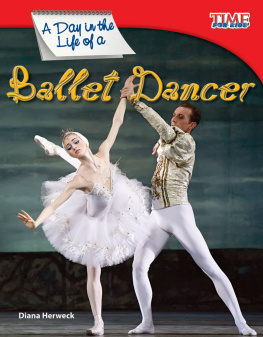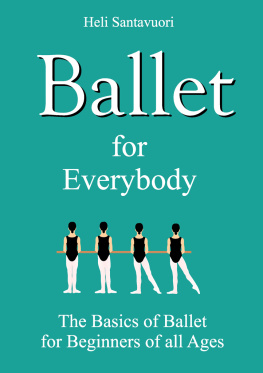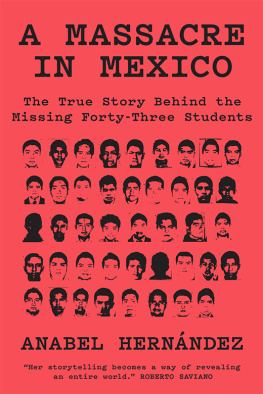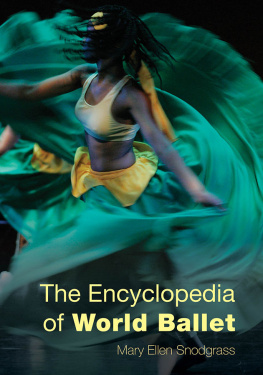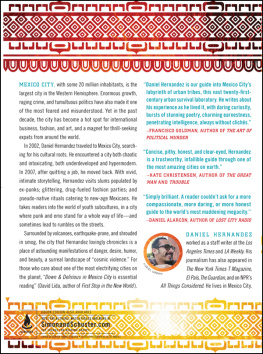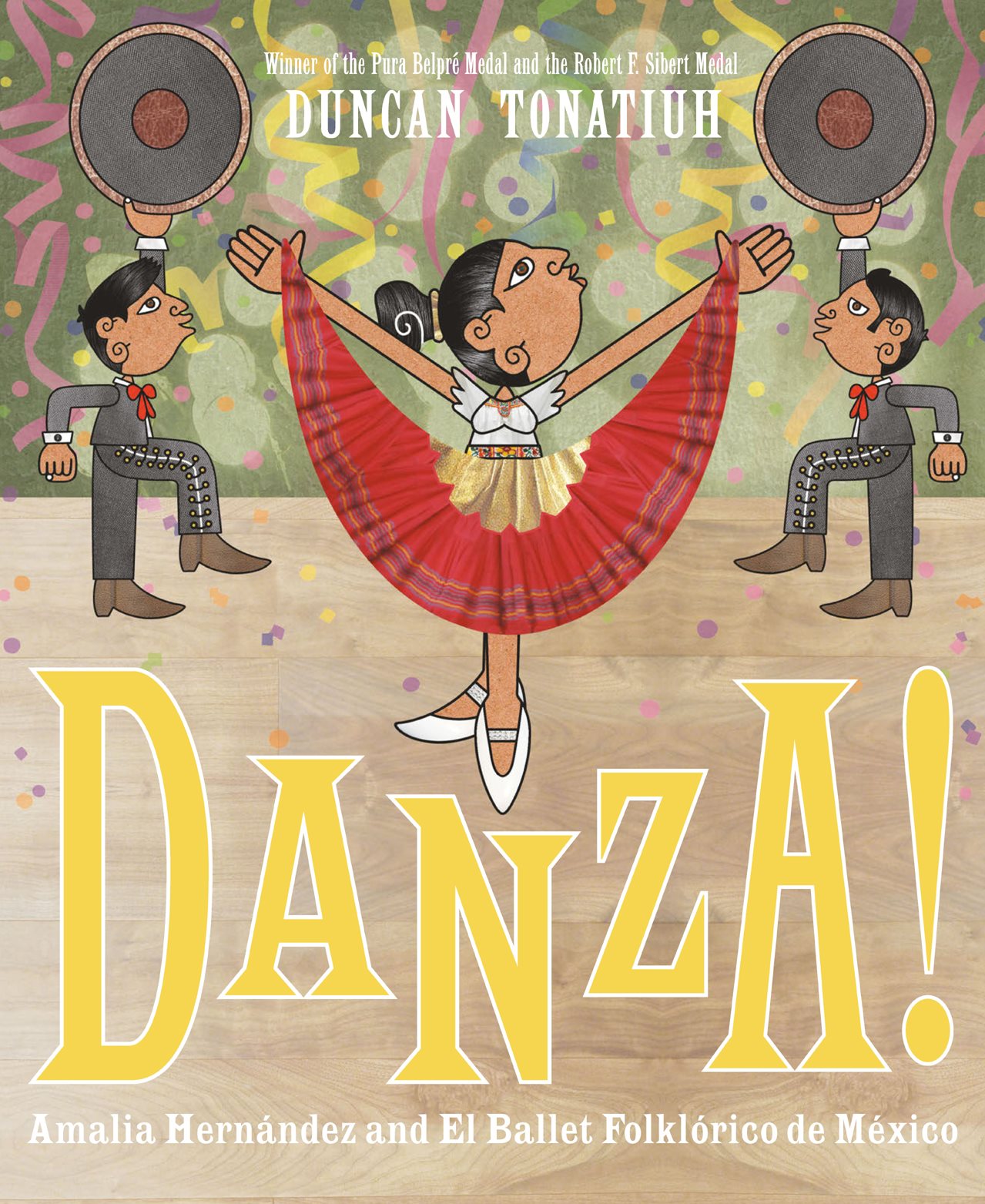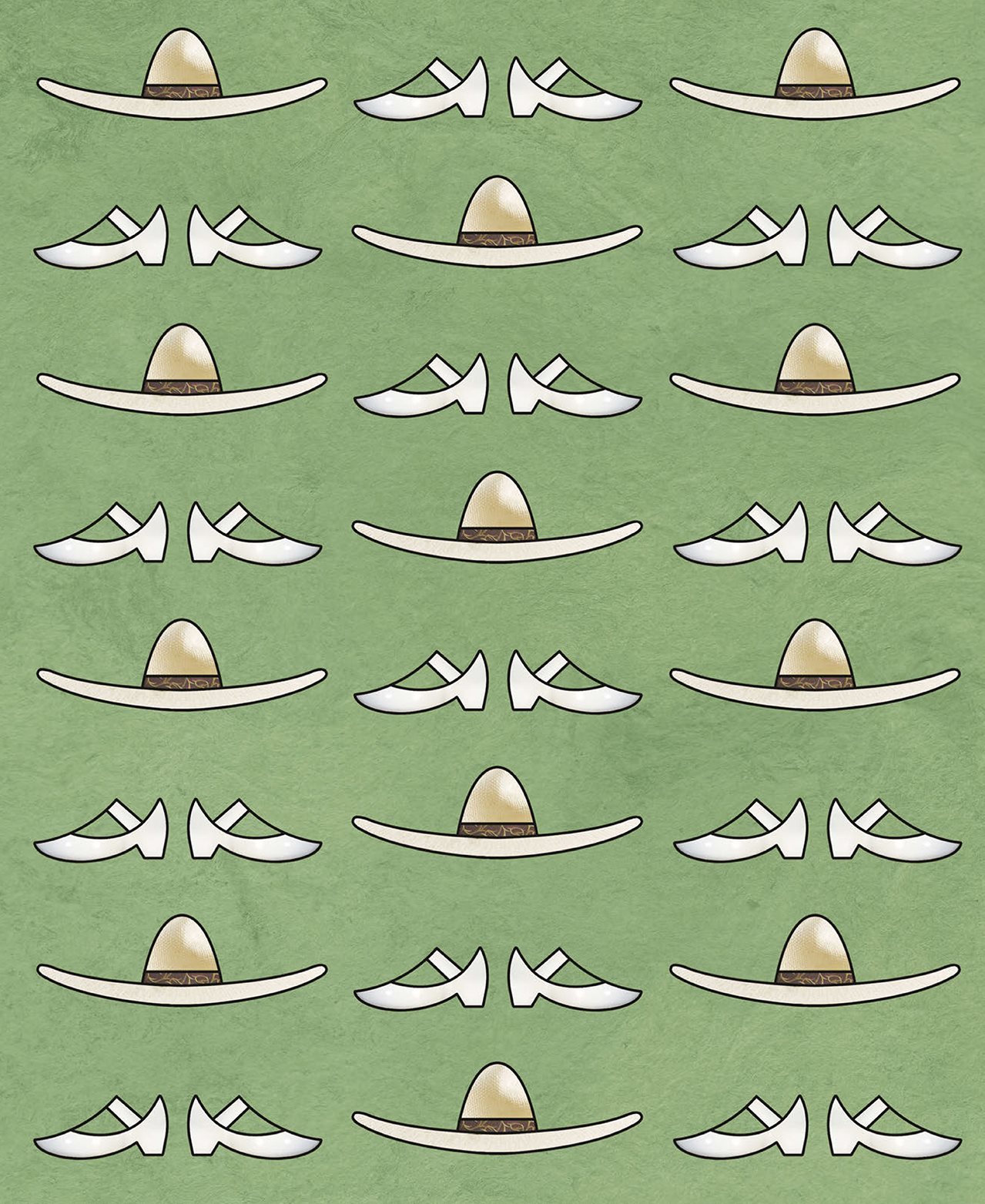Table of Contents
Guide

Amalia Hernndez and El Ballet Folklrico de Mxico
ABRAMS BOOKS FOR YOUNG READERS NEW YORK
DUNCAN TONATIUH

Amalia (ah-
MAH
-lee-ah) Hernndez
was born in Mexico City in
1917, and everyone assumed she would grow up to be a schoolteacher
like her mother and her grandmother. Even Ami ( AH -me), as everyone
called her, expected that.
But one afternoon while her family was on vacation, Ami saw a pair of
dancers in a town square. They stomped and swayed to the live music.
The
danzas
that they performed had been danced by people of that area
for generations. Ami was hooked. She made a decision: she was going to
become a dancer herself.

Ami twirled in the living room and whirled in the
kitchen. Amalia! scolded her father, a stern military
man. But her mother encouraged Amis interest in
the arts, and one day her father gave in. He had a
studio built in their home and hired the best dance
teachers he could find.

After school, Ami studied ballet with Madame
Dambr, who had danced with the Paris Opera,
and with Professor Zybin, who had danced with
Pavlovas world-renowned Russian ballet.
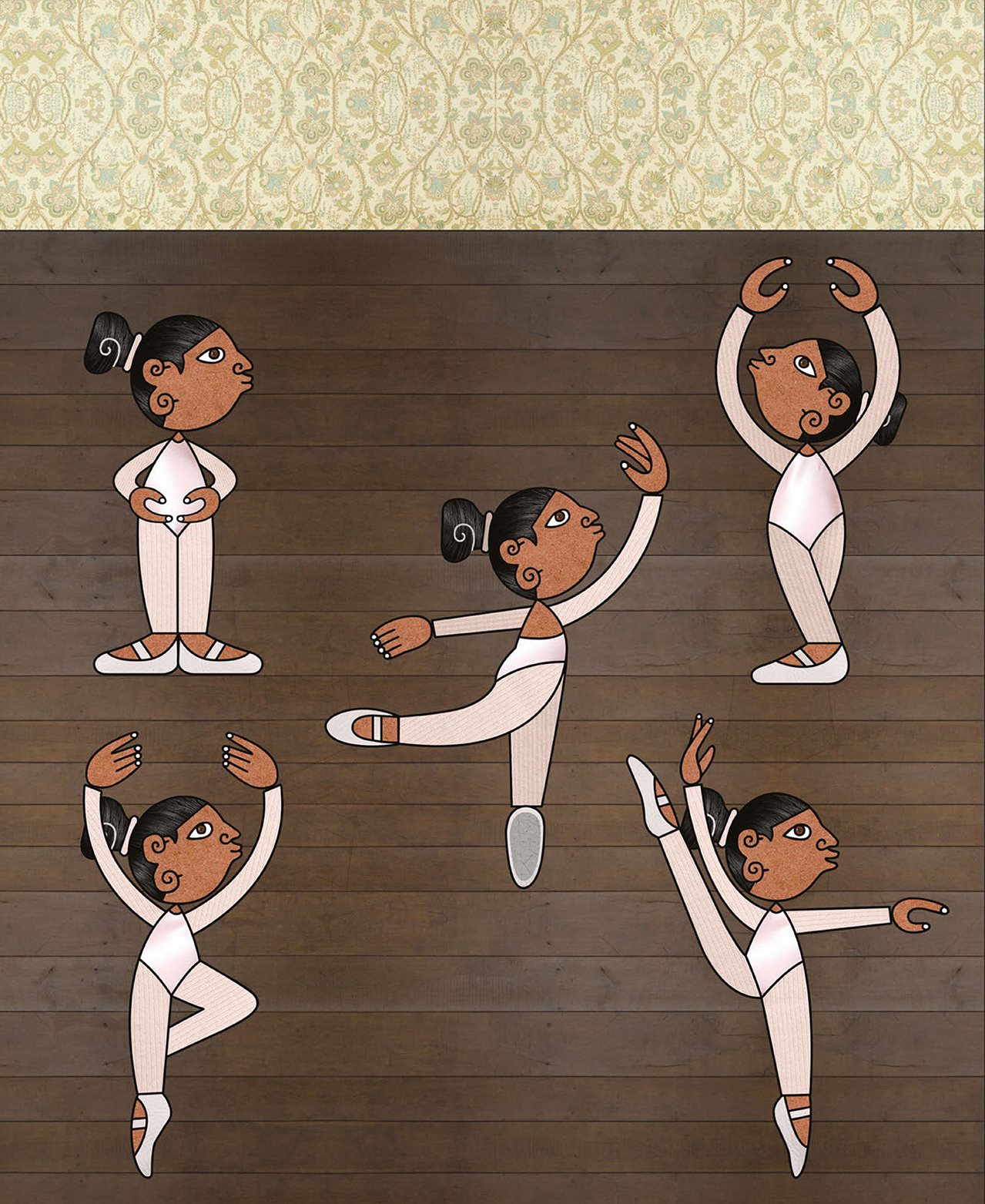
Ami worked on her technique and made sure she always pointed her
feet. She perfected the different structured positions and became an
accomplished ballerina.
first
fifth
pirouette
arabesque
grand battement
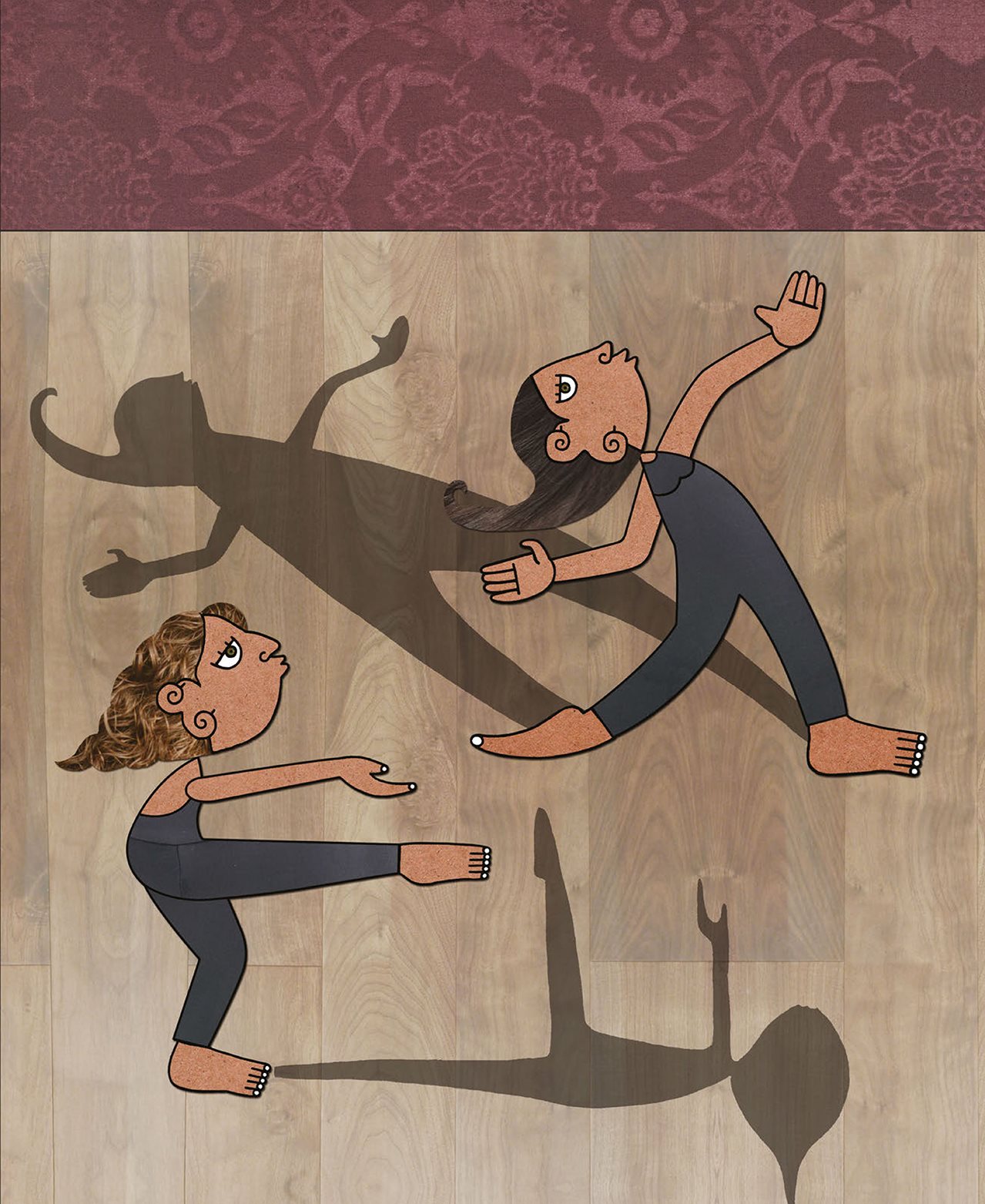
In 1939, two dancers from the United States visited Mexico City, where
Ami lived. They performed a new style of dance called modern. Amalia
was deeply impressed. The movements were expressive, and they could
be jarring when compared with the delicate movements of ballet.
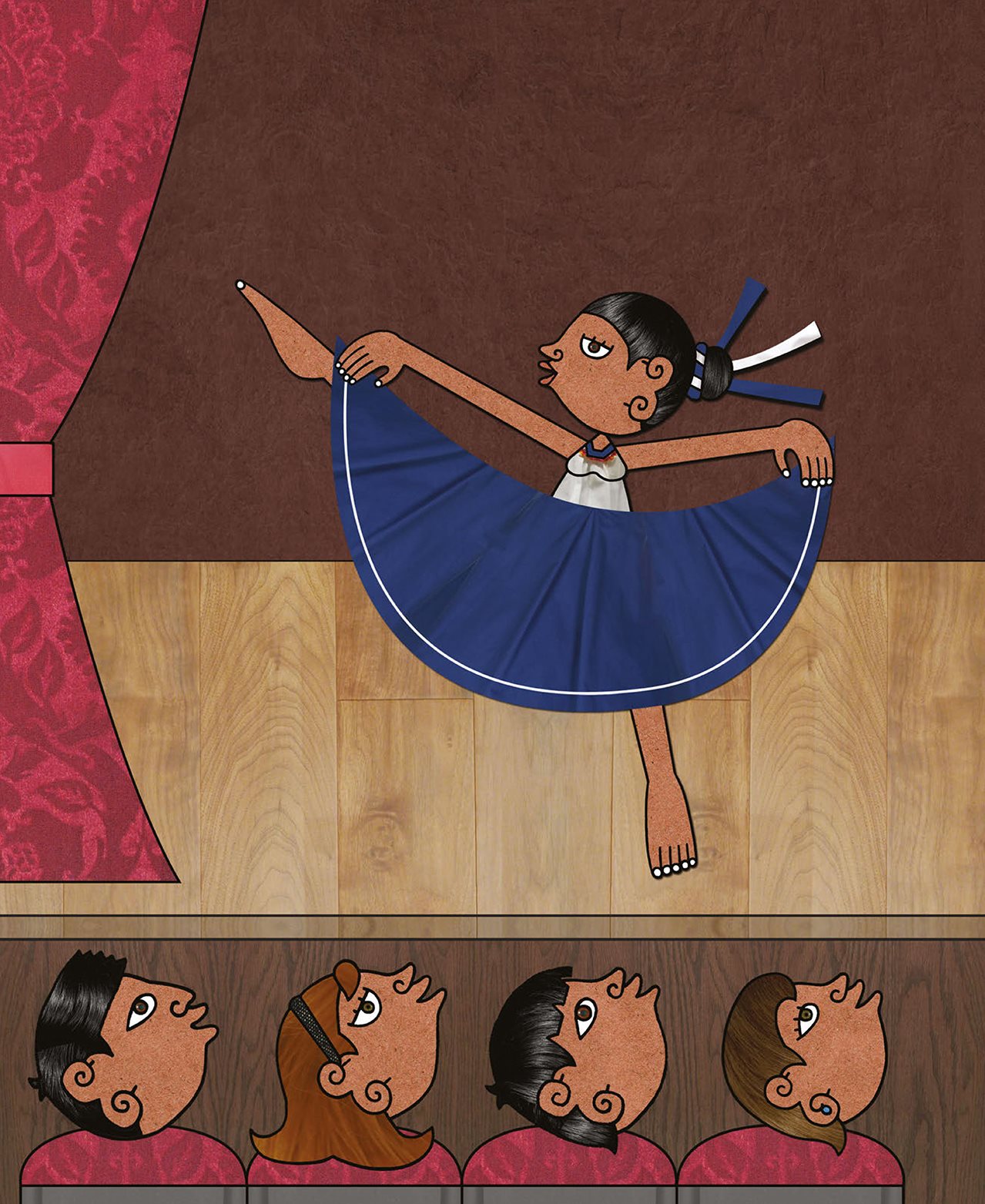
Ami met Waldeen, one of the modern dancers, and began to study with
her. She also continued practicing ballet. Ami was very talented and
disciplined. In time she became a dance teacher and a choreographer
herself. A choreographer is a person who creates dance steps and
arranges them together to create new dance pieces.
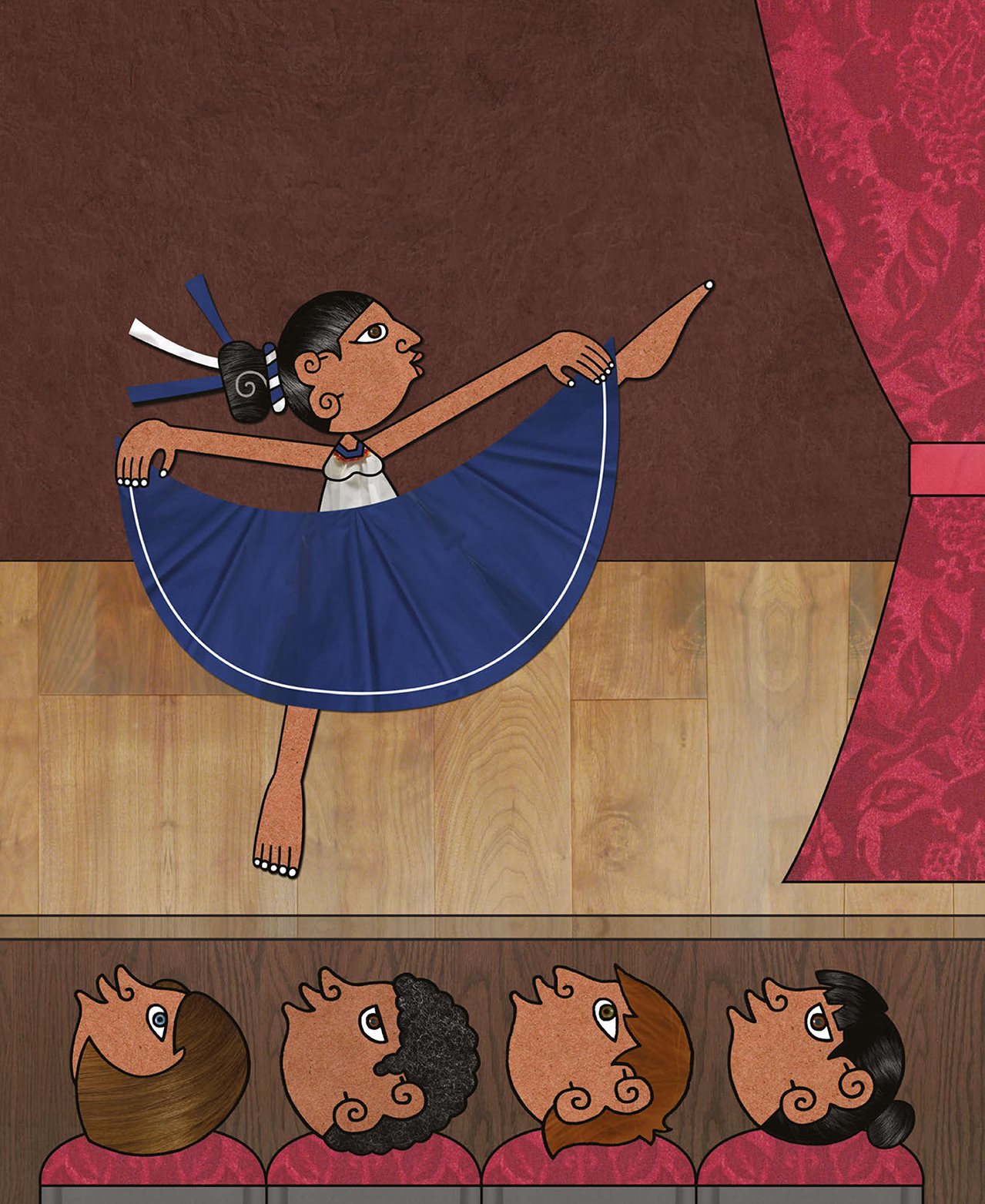
In 1952, after rehearsing for months, Ami and other dancers gave a
performance. They presented many different dances, but the one the
audience clapped for the most was a piece called
Sones de Michoacn
.
Ami was the choreographer, and the dance was similar to the regional
danza
that she had seen in the town square when she was a little girl.
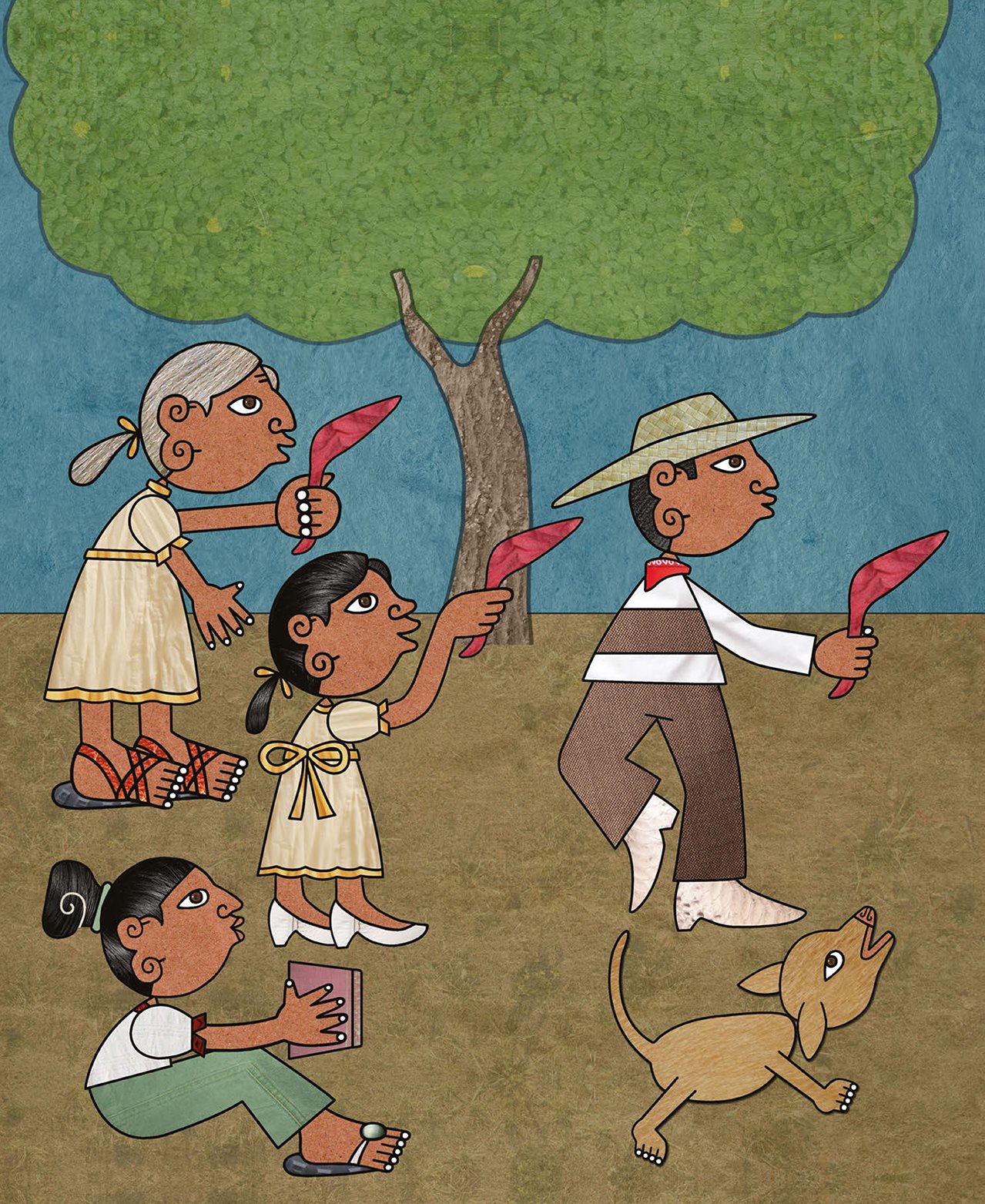
Ami had an idea! She decided that she would create ballets based on the
folkloric
danzas
from the different regions of Mexico. She was so excited
that she formed her own company with seven other dancers.
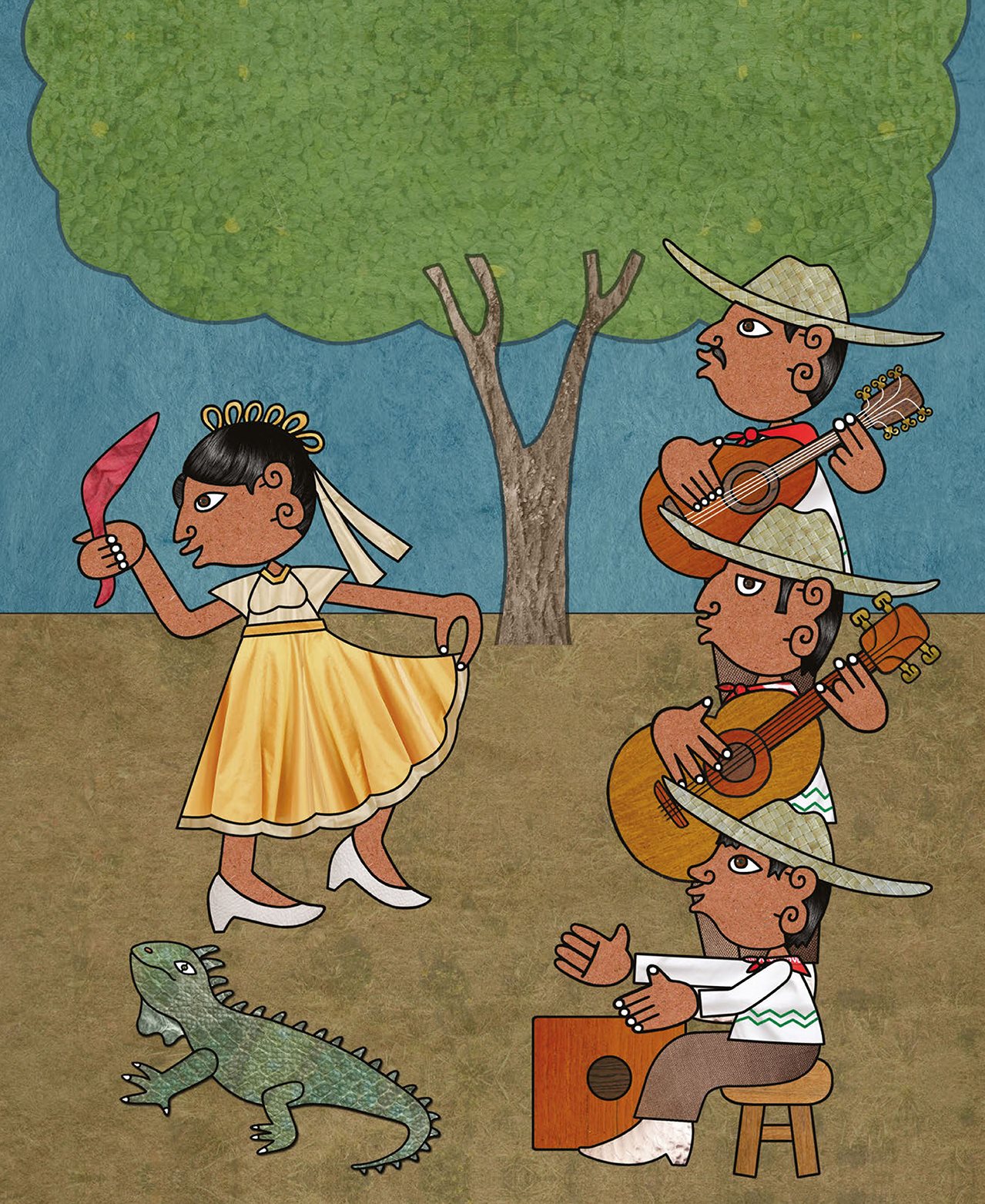
Ami began to travel to villages all around the country to learn as much as
she could about the areas traditional dances. She read about the history
of each place and talked with elders. When possible, she participated in
the
danzas
herself. She paid special attention to the steps, the music,
and the outfits the people wore.

After returning home, Ami would go to the dance studio. The
danzas
y bailes
she saw in the villages were for ceremonial purposes, like
celebrating a patron saint or hoping for a good harvest. Other times,
the dances happened so people could have fun and meet new friends.
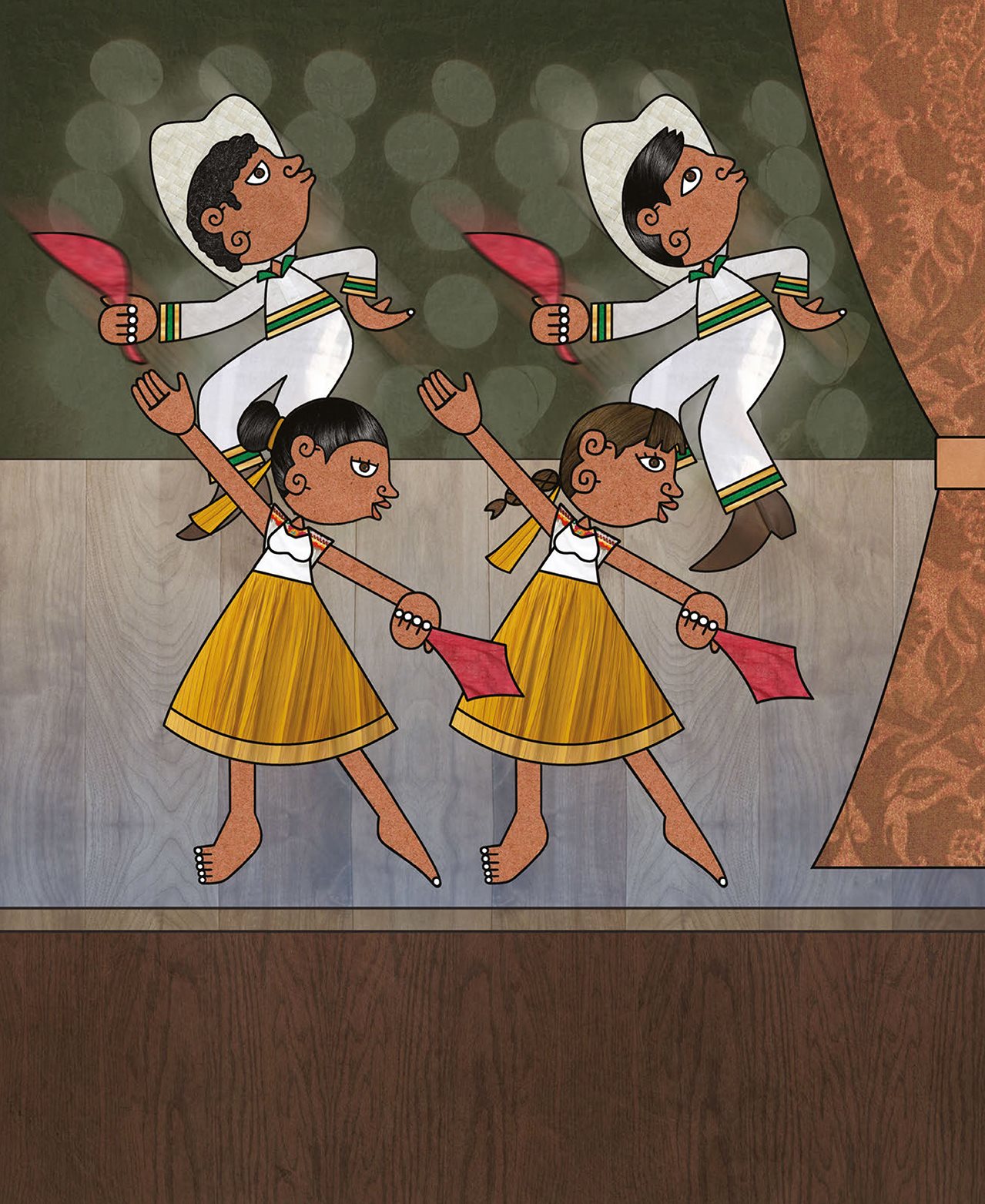
However, the dance pieces Ami was creating were meant to be
performances, for audiences to watch in a theater. Ami used her skills as
a choreographer and her knowledge of both ballet and modern dance
to make the pieces innovative and beautiful. She made sure the dancers
wore dazzling costumes, and that there was dramatic lighting and
spectacular backdrops.
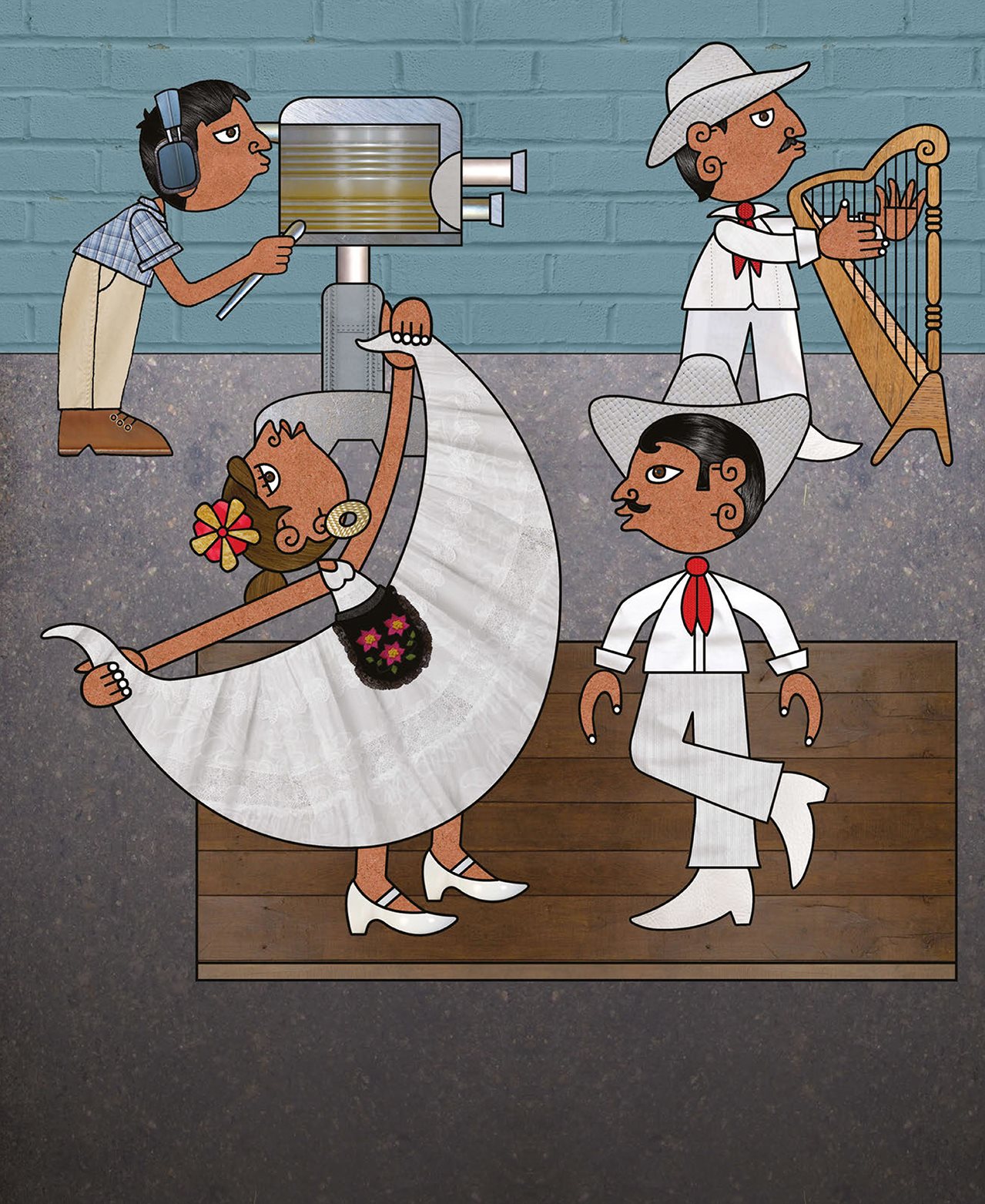
Audiences loved the folkloric ballets, and Amalias dance company quickly
became very famous. In 1954, they performed on the Funcin de Gala television
show. They danced on the show every week for more than sixty weeks! The
company grew to include twenty dancers, and then fifty.
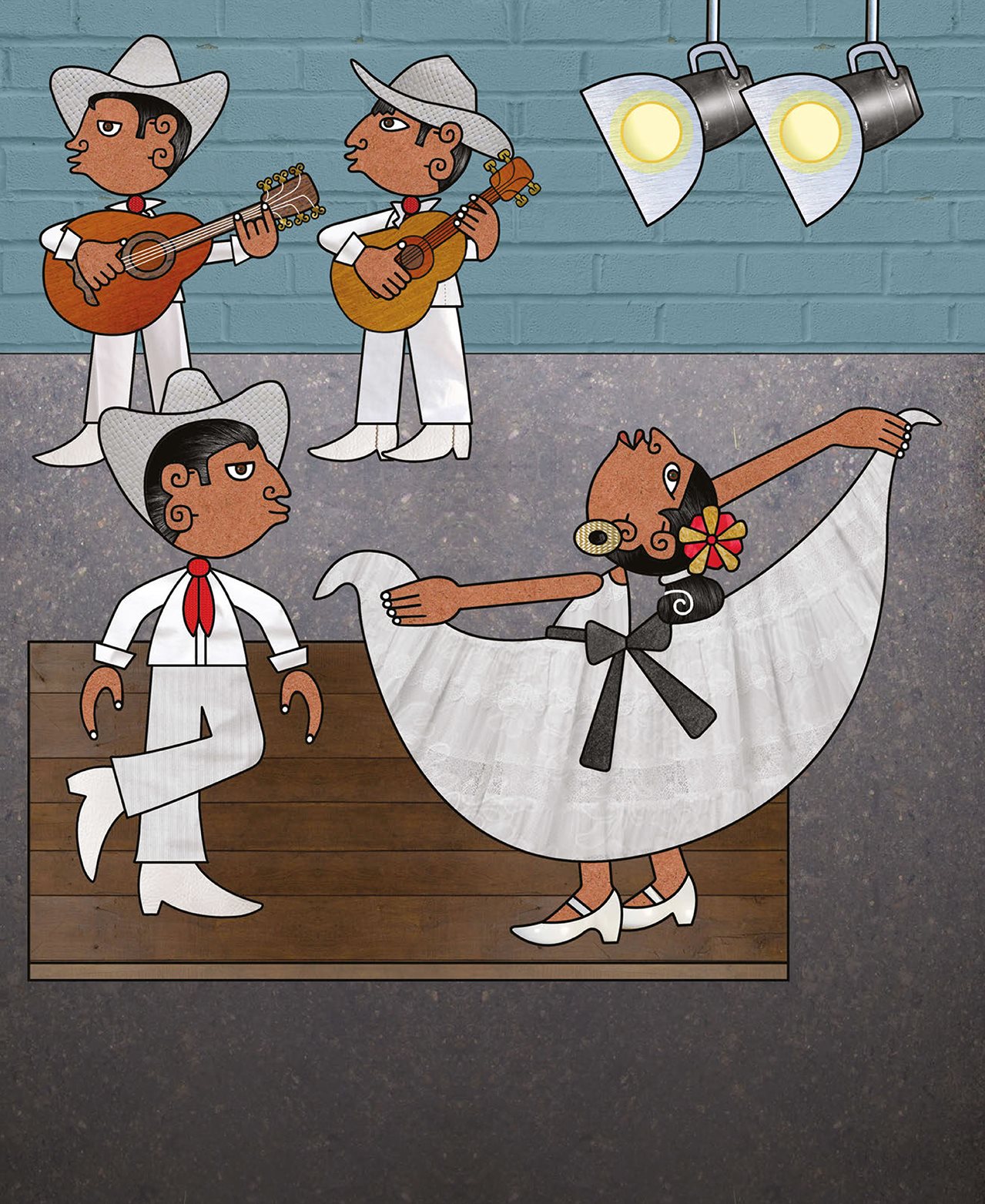
The companys repertoire, or stock of dances, included ballets based on
mestizo
bailes


